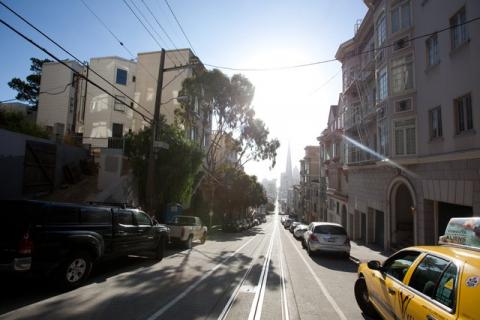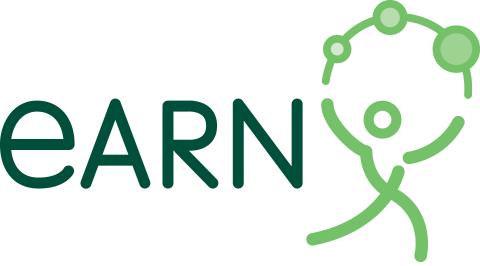With nearly 852,500 residents in just 47 square miles, San Francisco is the most densely populated large city in the state of California and second in the United States. It is also the fourth largest county in California and its population has experienced more than a three and a half percent increase since 2000. According to the 2010 Census, San Francisco is 49 percent white, 33 percent Asian, 15 percent Hispanic or Latino, and six percent African-American.
Renowned for its architecture, cable cars, and the Golden Gate Bridge, San Francisco ranked 35th out of the 100 most visited cities worldwide. The city is also a strong financial hub with the tenth highest GDP per capita in the world. San Francisco has become an epicenter for "start-up" companies, particularly technology companies, ranking the third best city in the world for intellectual capital and innovation. Once a working class city, many blue-collar neighborhoods have been gentrified as businesses sprout up alongside high-rise residential buildings. The high cost of living has forced many of the city's middle and lower income families to move to the outer suburbs. A March 2015 survey by HSH.com found that the income needed to qualify for a median-priced home in the San Francisco metropolitan area was over $142,000, exceeding the income required to qualify in the second costliest market by nearly 50 percent.
Not surprisingly, affordable housing is a central concern of many community development corporations (CDCs). Additionally, in 2001, the San Francisco Community Land Trust was established to provide resident controlled housing units to low-income families. Building off the success of their first completed project —a mixed-use apartment building at the edge of San Francisco's Chinatown— the trust now holds five properties, which include about 50 units of affordable housing.
Beyond the affordable housing field, San Francisco is home to a large number of other innovative, groundbreaking community wealth building organizations whose success has led to national acclaim and/or replication. For example, REDF, which provides funding, business connections, and operational expertise to help develop social enterprises that employ people facing barriers to employment, has become a national model in the social enterprise field. Similarly, Delancey Street, which began in San Francisco in 1971 with four residents, is now considered one of the country's leading residential self-help organizations for those facing life’s most severe problems and has added six locations across the country.
Moreover, San Francisco is a leading center of worker cooperative development, with notable successes such as Arizmendi and Rainbow Grocery. It also is home to Recology, a union-ESOP that is not only dedicated to building resource ecosystems that protect the environment and sustain communities but also widely touted for its living wage jobs and ownership culture.
City government is also behind several cutting-edge efforts. For example, the city’s Office of Financial Empowerment’s Bank On program, launched in 2006 to increase access to banking, was so successful that it is now being replicated in more than 80 localities across the country. In 2010, the Office pushed the envelope further, creating the nation’s first publicly funded, universal children’s college savings account program. The Kindergarten to College program gives every child entering a public kindergarten a College Savings Account (CSA) with $50; children enrolled in the National Student Lunch Program receive an additional $50. Designed to ensure every child can save for post-secondary education, the initiative also includes incentives to promote savings and financial education.
Mayor Edwin M. Lee has also supported numerous initiatives to foster job creation and anchor wealth within the community. One such initiative is the San Francisco Summer Job+ program, which in 2014 created 7,600 summer jobs or paid internships targeting the city youth from low-income areas. In December of 2010, Mayor Lee and city officials adopted a Local Hire Policy for Construction, which mandates local hiring for city-funded construction projects. Initially set at 20 percent, the requirement increased to 25 percent in 2012, and 30 percent in 2013. Between March 2011 and 2014, 182 projects, with a total value of more than $1 billion, were subject to the policy, and the projects subject to the 30 percent requirement well exceeded that goal, with an overall local hiring performance of 42 percent.
An overview of community wealth building efforts follows:


